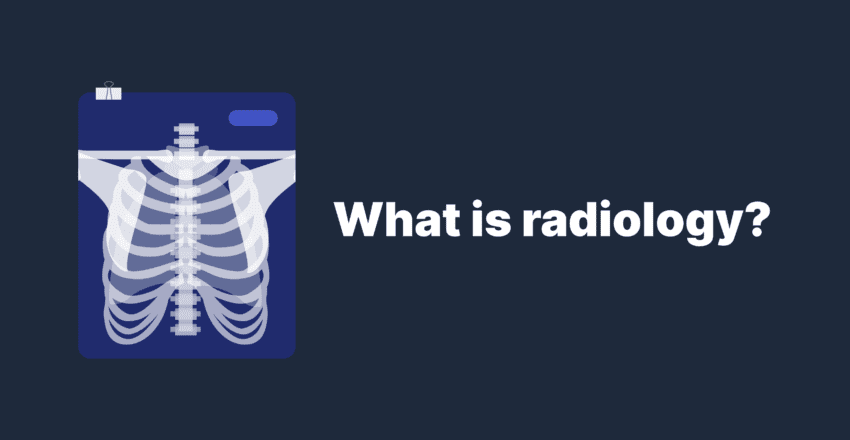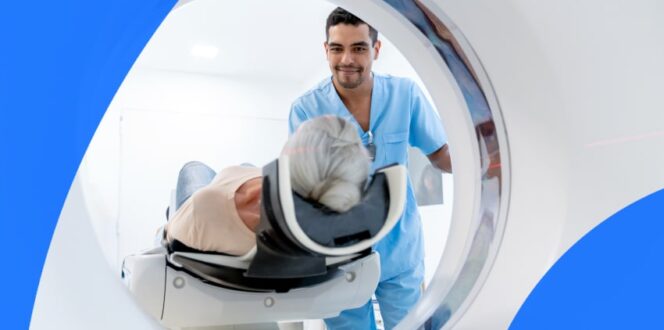Radiology 101

Radiology, known as diagnostic imaging, also called medical imaging is a series of different tests that take pictures or images of internal structures of the body. A number of imaging exams can be used, such as x-ray, computed tomography (CT), magnetic resonance imaging (MRI) and ultrasound, among others.
One of the most demanding, expensive and technically complex functions in healthcare, diagnostic imaging plays a critical role in disease and health management. That’s because without diagnosis, there can be no treatment. And it’s well known that early diagnosis saves lives, making radiology essential in the continuum of care.
What is a radiologist?
Radiologists are medical doctors who specialize in the diagnosis and treatment of injuries and diseases using medical imaging procedures. They complete unique training on how to interpret imaging exams and many also focus on a particular sub-specialty of radiology such as breast imaging, cardiovascular radiology, neuroradiology, and radiation oncology to name a few. Radiologists have rigorous requirements for continuing medical education throughout their practicing years which underscores the importance of diagnostic imaging to maintain and improve your health.
Are radiologists and radiology technologists the same?
Radiology technologists perform the diagnostic imaging procedures. They are highly skilled equipment operators, specially trained to capture images as well as protect patients from harmful radiation. An important part of the healthcare team, radiology technologists are responsible for prepping and accurately positioning patients to produce the best quality image. They must follow precise instructions about the areas that need imaging since the radiologist relies on the images for diagnostic accuracy.
What role does my primary care physician play in radiology?
Your radiologist provides expert consultation to your primary physician. After the image is taken by the radiology technologist, the radiologist interprets the images and completes a report which is then sent back to your physician to determine treatment or referral to a specialist. Radiologists can also make recommendations for treatment and when appropriate, request additional tests in order to make an accurate diagnosis.
Your primary physician, radiology technologist and radiologist play a key role in your healthcare by providing accurate diagnosis and treatment. Positive outcomes would not be possible without the collaborative work of this team in your wellness journey!
Published: August 19, 2021
Trusted by more than 800+ hospitals and clinics.



















